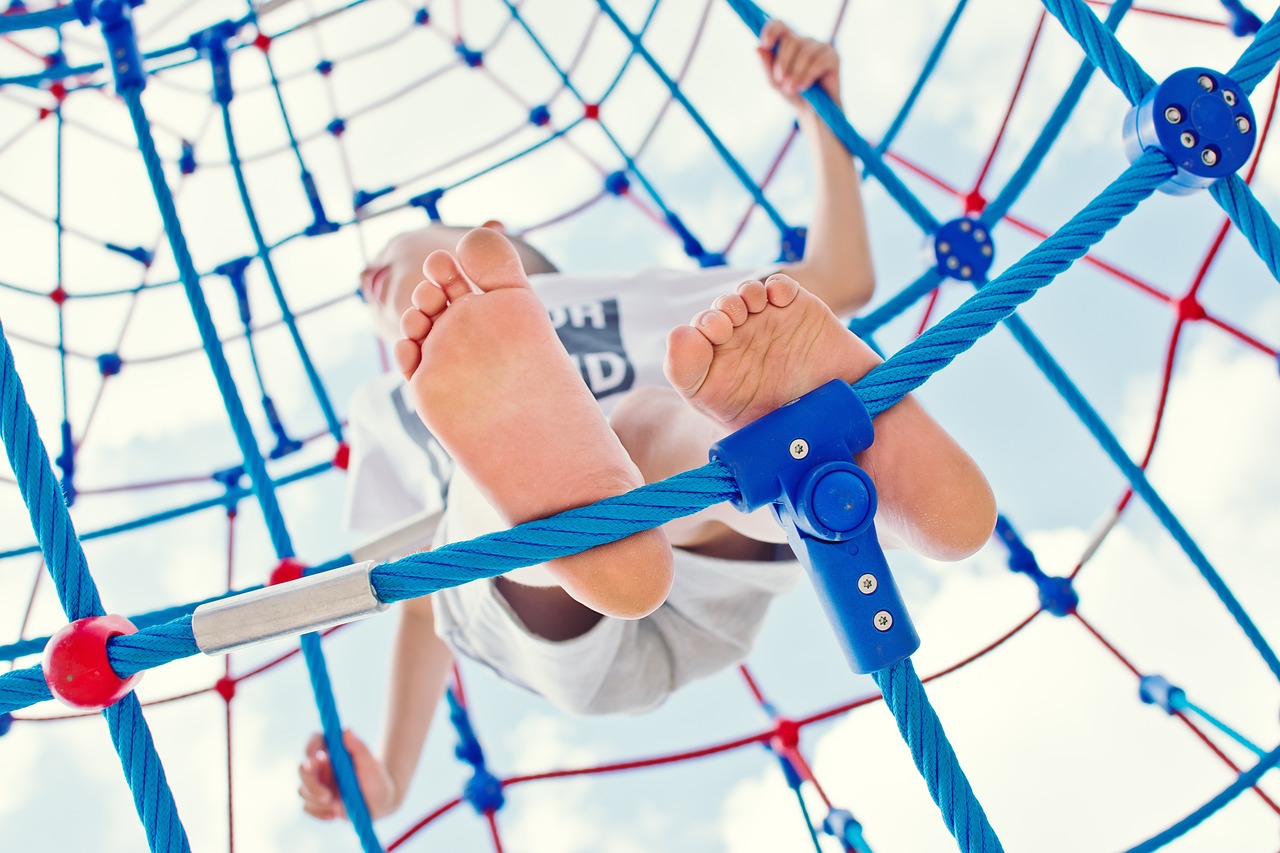Encouraging children to engage in thrilling and uncertain forms of play can improve their mental health, resilience, and problem-solving skills, according to new research.
Key Points at a Glance
- Risky Play Defined: Activities like climbing, jumping, or navigating uneven surfaces provide challenges with real or perceived risks.
- Developmental Benefits: Studies link risky play to improved confidence, social skills, and reduced anxiety in children.
- Parental Hesitation: Despite the benefits, many parents struggle to embrace risky play due to safety concerns.
- Modern Research Tools: Virtual reality is helping researchers study risk-management skills in controlled environments.
Risky play, characterized by thrilling activities involving uncertainty or perceived danger, is crucial for a child’s physical, mental, and emotional development. Despite increasing evidence of its benefits, opportunities for such play have diminished over the past two decades as parents and policymakers prioritize safety.
Research shows that engaging in risky play builds resilience, spatial awareness, and problem-solving skills. It can also teach children to manage stress and anxiety. Activities like climbing a tree, balancing on a beam, or jumping across rocks provide an opportunity for kids to challenge themselves in safe yet stimulating environments.
Psychologist Ellen Sandseter, a pioneer in the field, defines risky play as exciting and uncertain activities that carry the potential for physical injury or getting lost. Importantly, this is distinct from danger, which children are typically unprepared to handle. For example, crossing a busy street without guidance is dangerous, while navigating a climbing frame under supervision is a productive risk.
Studies have demonstrated that children who regularly engage in risky play are better equipped to assess and manage risks in other contexts, such as crossing roads or handling new social situations. Moreover, risky play can foster better mental health outcomes. Observational studies conducted during the COVID-19 lockdown found that children with more opportunities for adventurous play exhibited fewer signs of anxiety and depression.
One challenge in studying risky play is maintaining its authentic, free-form nature. Researchers like Helen Dodd emphasize that risky play should be child-led, with minimal adult intervention. “Play ceases to be play the moment an adult tells a child to do it,” she notes. Instead, parents should aim to create environments that encourage exploration and step back to let children navigate challenges at their own pace.
Innovative approaches, such as virtual reality, are helping researchers study how risky play builds transferable risk-management skills. By creating virtual environments, scientists can simulate challenges like crossing rivers or busy streets without endangering children. These tools offer new insights into how kids develop critical thinking and decision-making abilities through play.
Playgrounds designed with uneven surfaces, boulders, and slopes encourage positive-risk behaviors, according to a recent study by Mariana Brussoni. Such natural elements inspire children to test their limits while promoting creativity and coordination.
Ultimately, advocates of risky play stress the importance of balancing safety with the freedom to explore. The mantra “as safe as necessary, not as safe as possible” captures the philosophy of allowing children to learn and grow through calculated risks. By holding back and giving kids the space to solve problems on their own, adults can foster the confidence and resilience that risky play offers.
